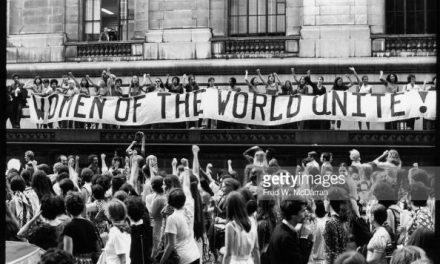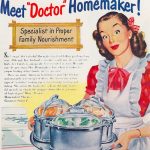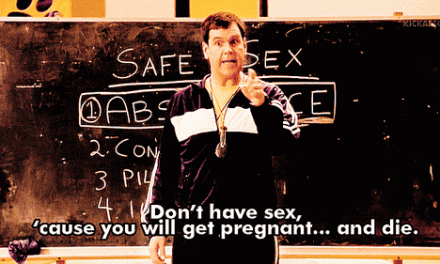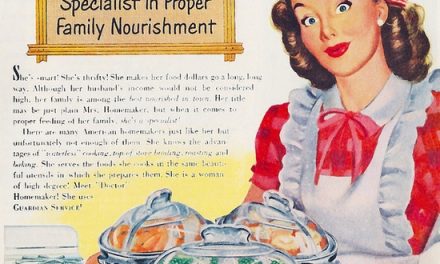
Let’s Talk About Sex

Gay relationships are too often left out of television shows and stories in the media for the fear of being viewed as not being family friendly material. Even further, gay sex is a taboo topic that almost never gets talked about publicly. K-Y Yours + Mine lubricant commercials have a consistent theme of a white couple—a man and woman—sitting in their bed and talking about their sex life before the screen cuts to the next scene where their hair is messed up and they have shortness of breath. Condom and lubricant commercials featuring white heterosexual couples has become the norm. The message that this is sending to viewers is that sex sells, unless it’s gay sex. Gay sex is deemed inappropriate for family-friendly television. Just ask “The Bachelor.”
Although gay representation in the media has increased over the years, there is still a long way to go. In “The Trouble With Normal,” Michael Warner discusses the media representation of queer relationships and how they tend to mimic heteronormative binary gender expressions,
This not to say that things aren’t changing – we’re gradually seeing more transgender people and people of Color being represented, but even then, their representation is limited, and often based on stereotypes.
Once I realized how few gay relationships are represented in the media, especially in commercials about sex, I was startled. In the 1980’s when the HIV/AIDS epidemic began, the Sexually Transmitted Disease (STD) was wrongfully labeled a “gay disease.” From that point forward, anyone who tested HIV-positive was marked with a figurative scarlet letter on their chest. Because the cause of HIV/AIDS is attributed to unprotected sex, the condom industry boomed. According to the Market Research Store, “The major driving factor for condom market is increasing awareness regarding sexually transmitted diseases (STD) and HIV.” If condoms are marketed as a solution for STD prevention and HIV/AIDS has been previously labeled as a “gay disease,” then why aren’t gay men featured in condom ads?
Warner also mentioned,
As of June 1992, 85 percent of California’s AIDS cases were classified as men who have sex with men. Yet men who have sex with men were targeted by less than nine percent of the state’s prevention money from 1991 to 1993.
If you turn on your TV and see a condom or lubricant commercial, you will likely see a white couple—one woman and one man—sitting up in their bed and talking about their sex life. Fast forward about 30 seconds or so and they are lying down in wrinkled bed sheets with messy hair. The current ads make condoms seem like they are meant for a man and woman to share. This relates to heteronormativity, because these companies are assuming its target audience is heteronormative couples. Anyone can catch an STD, so I think that all types of couples should be advertised to.
Video source: YouTube
Durex has broken the heteronormative barrier by producing advertisements for lesbian couples, but gay men have yet to be properly represented.

Photo source: Truth Revolt
Condoms are a highly profitable market today, however the current advertisements only reflect heteronormative couples or the occasional lesbian couple. The advertised heteronormativity is linked to the stigma and sexual shame that comes with having HIV/AIDS. No one wants to talk about it, therefore it isn’t advertised. There is sexual shame placed on anyone who tests positive for the disease. They are seen as irresponsible and promiscuous, and are afraid to tell others about their struggles.
As condom companies like Durex continue to incorporate LGBTQ+ representation into their advertisements, I hope that viewers can become better educated on STD prevention. Every type of couple deserves a chance to be represented in the media. I believe that by widening target audiences, companies can reach equal representation and see positive financial growth.








